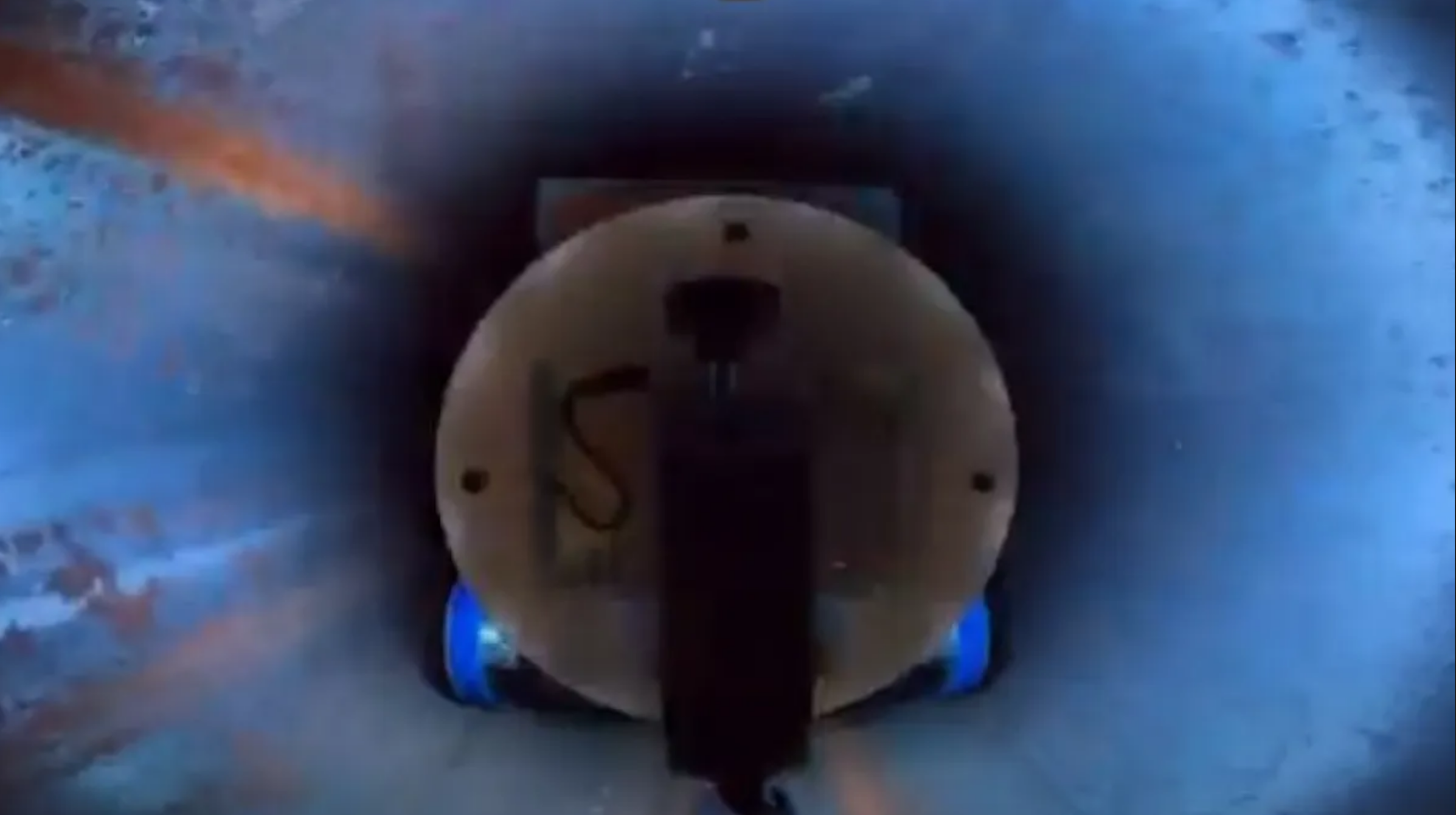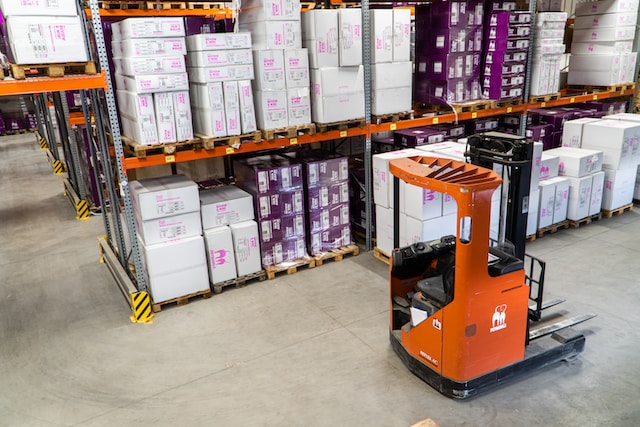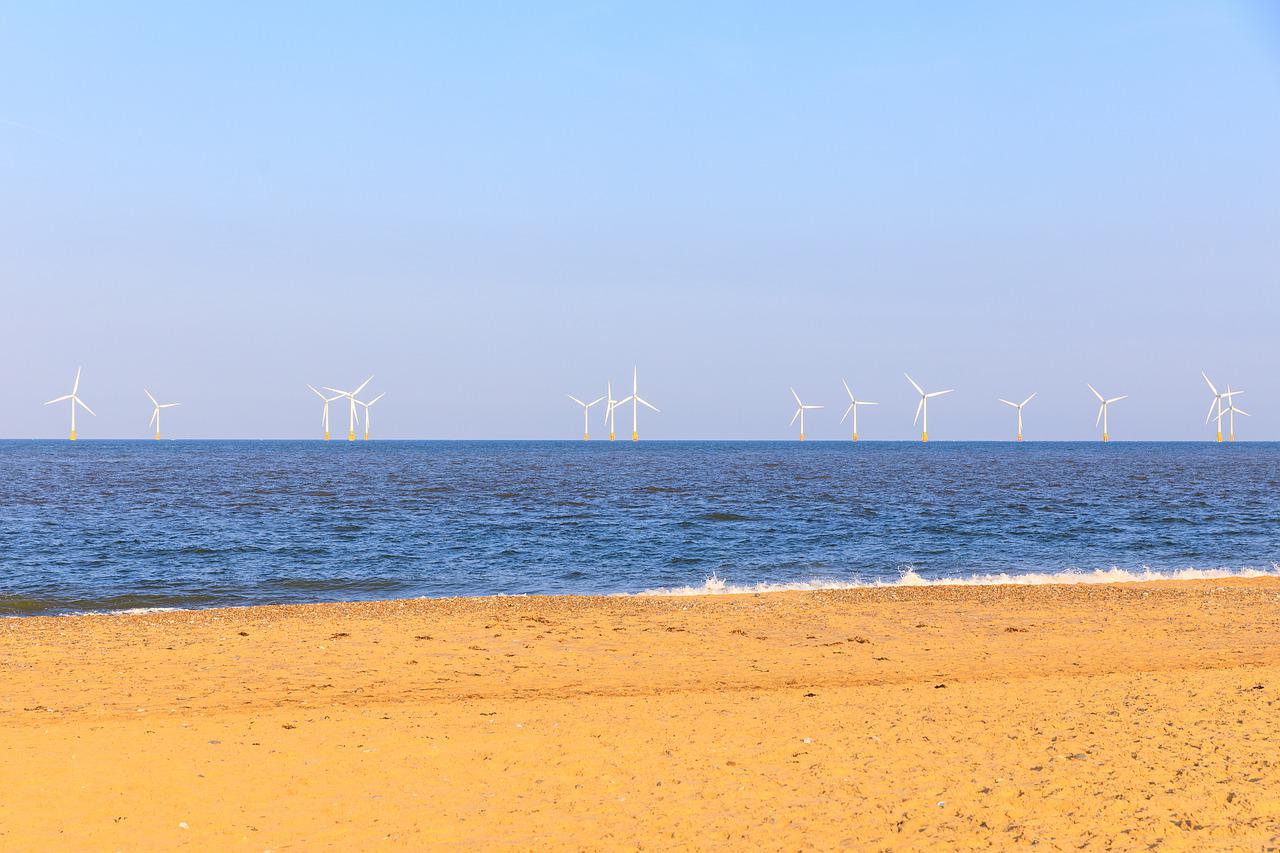Usually, a leak in an underground natural gas pipeline requires excavating and replacing the affected section. Instead of relying on burly welders in tight tunnels, envision miniature robots navigating gas pipelines. These robots use robotic limbs to skillfully repair leaks and mend cracks. This futuristic vision is becoming a reality at Carnegie Mellon University‘s (CMU) Robotics Institute.
Pioneering Solutions for Pipeline Challenges
The Biorobotics Lab at CMU is developing robots for inspecting and repairing natural gas pipelines. The project, funded by the U.S. Department of Energy, aims to revolutionize the process. The U.S. has over two million miles of gas lines, with repairs costing up to $10 million per mile. The goal is to use robots and smart coatings to save costs under the ‘REPAIR’ program.
Laser Technology and AI in Pipeline Maintenance
CMU Robotics has created robots for gas pipeline maintenance, featuring a mapping module with lasers and high-resolution optical sensors. The system, using augmented reality and artificial intelligence, identifies issues and produces detailed pipe maps.
These specialized robots, designed for agility, navigate tight corners and uneven surfaces in pipelines. Using advanced algorithms, they precisely detect leaks by analyzing pressure changes and gas composition. Beyond detection, they function as robotic surgeons, wielding miniaturized industrial tools to weld shut cracks, seal holes, and replace damaged sections with precision. Essentially, they act as miniature construction crews, applying specialized repair compounds for lasting fixes.
Towards a New Era
This solution promises significant cost savings, efficiency, and longevity in pipeline maintenance, marking a new era of infrastructure innovation. The robot project for internal pipeline repairs, funded by the U.S. Department of Energy, is estimated to be potentially 10 to 20 times more cost-effective than traditional methods involving excavation and replacement.
Nidhi is a gold medalist Post Graduate in Atmospheric and Oceanic Sciences.







